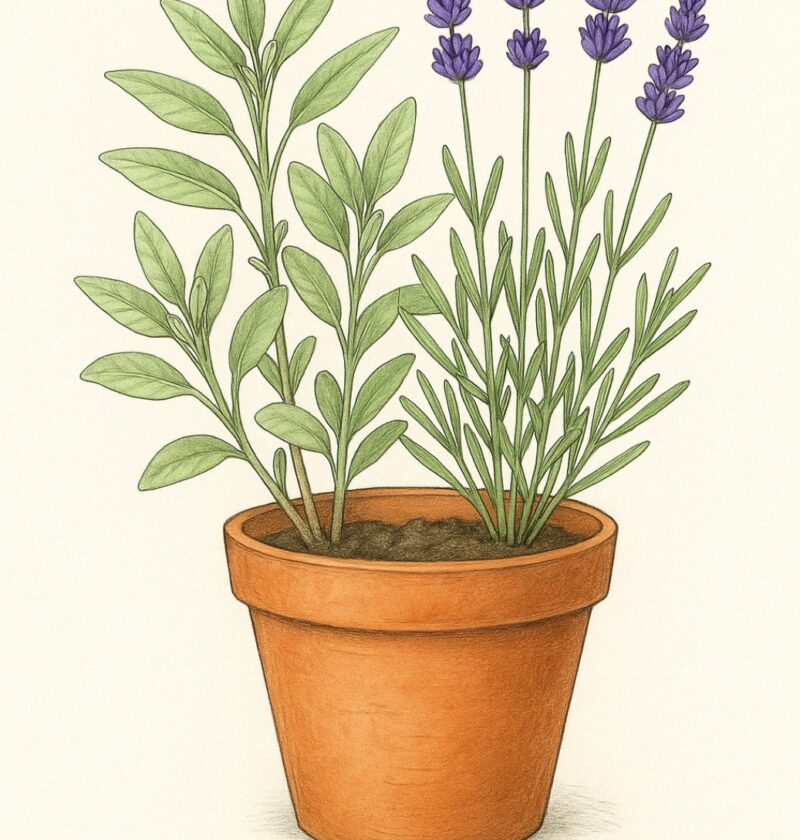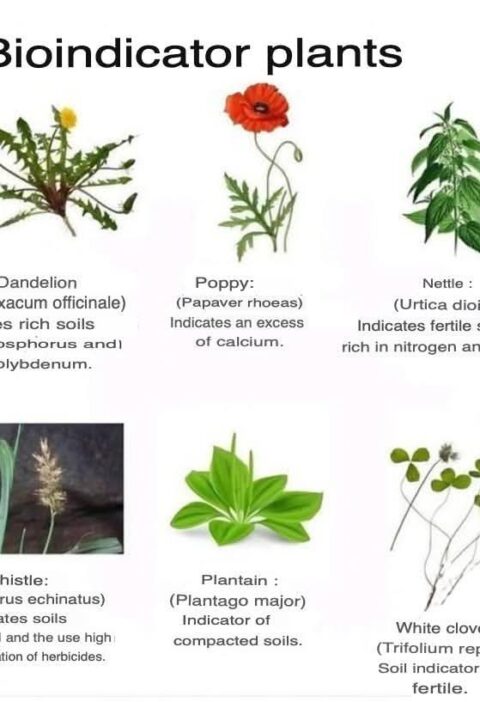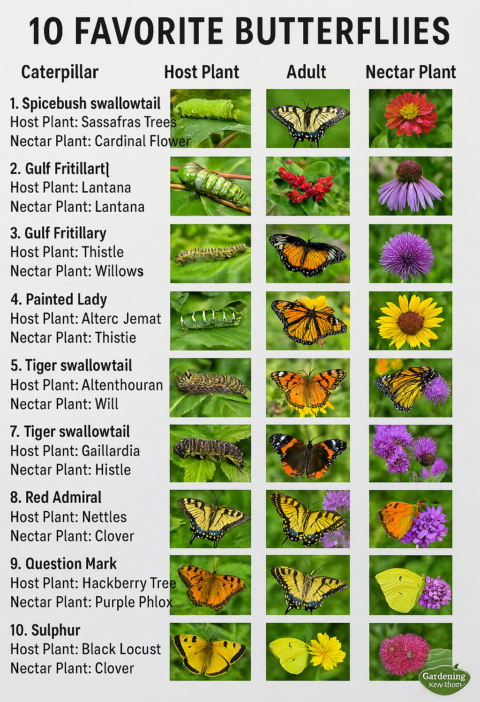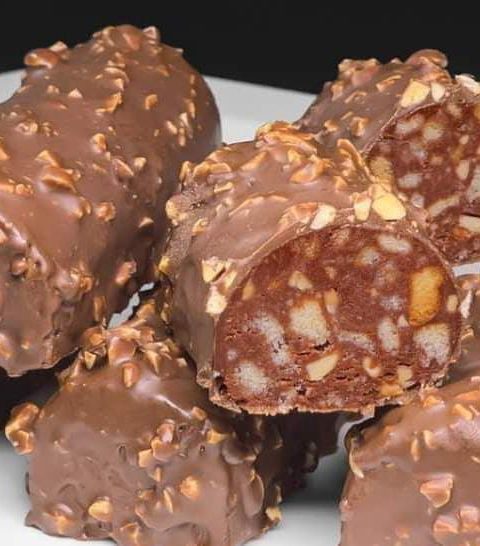Sage & Lavender: Fragrant Herbs That Thrive in Sunny, Dry Spots
Sage and lavender are two of the most aromatic and resilient herbs you can grow. Both love full sun, thrive in well-drained soil, and require very little maintenance once established. Their gray-green foliage, drought resistance, and versatility in both the kitchen and garden make them standout choices for containers, herb beds, or decorative borders. Whether you’re interested in cooking, crafting, or simply enjoying their calming scents, sage and lavender bring beauty and function to any outdoor space.
Why They’re Great: Hardy, Beautiful, and Multi-Purpose
Sage and lavender are ideal for anyone looking to grow low-maintenance herbs that offer more than just culinary benefits. Sage adds earthy flavor to meats, stuffing, and roasted vegetables, while lavender infuses a soothing floral aroma into teas, baked goods, and homemade body products. Both plants are pollinator-friendly, attracting bees and butterflies, and their silver-toned leaves bring texture and softness to your garden design.
Sage: The Savory Classic
Care Tips for Sage
- Light: Needs at least 6–8 hours of direct sun daily.
- Watering: Water deeply but infrequently. Let the soil dry out between waterings.
- Soil: Prefers sandy, well-draining soil. Avoid rich or wet soil.
- Harvesting: Clip leaves as needed, preferably in the morning after dew dries. Regular pruning encourages bushier growth.
Best Uses in Cooking
Sage is a go-to herb for poultry, sausages, roasted root vegetables, and savory butter sauces. It pairs beautifully with garlic, lemon, and thyme.
Lavender: Fragrant and Therapeutic
Care Tips for Lavender
- Light: Requires full sun all day to bloom best.
- Watering: Allow the soil to dry out fully between waterings. Overwatering causes root rot.
- Soil: Needs dry, slightly alkaline, well-draining soil. A rocky mix works well.
- Pruning: Trim after flowering to maintain shape and encourage new growth.
Best Uses
Lavender flowers are used in teas, baked goods, syrups, and beauty products like bath salts or sachets. Its essential oils are known for stress relief and sleep support.
Growing Sage & Lavender Together
Because both herbs love similar conditions, they grow well side by side in a sunny, dry garden bed or raised container.
Tips:
- Choose unglazed terracotta pots to help wick away moisture.
- Avoid overwatering—let soil dry between waterings.
- Use gravel mulch to reflect heat and prevent rot.
Their complementary growth habits and aesthetic charm make them perfect partners in a Mediterranean-style garden.
Design Tip
Sage’s muted green leaves contrast beautifully with lavender’s purple blooms. Plant them together in large pots near walkways or patios for a fragrant and calming effect.
Final Thoughts: Rustic Elegance, Naturally Easy
Sage and lavender combine rustic charm with practical benefits. Their resilience in hot, dry conditions makes them perfect for sunny spots where other plants might struggle. From enhancing your kitchen to scenting your linens, these herbs offer timeless beauty and utility. Plant them once, care for them lightly, and enjoy their calming presence all season long.






